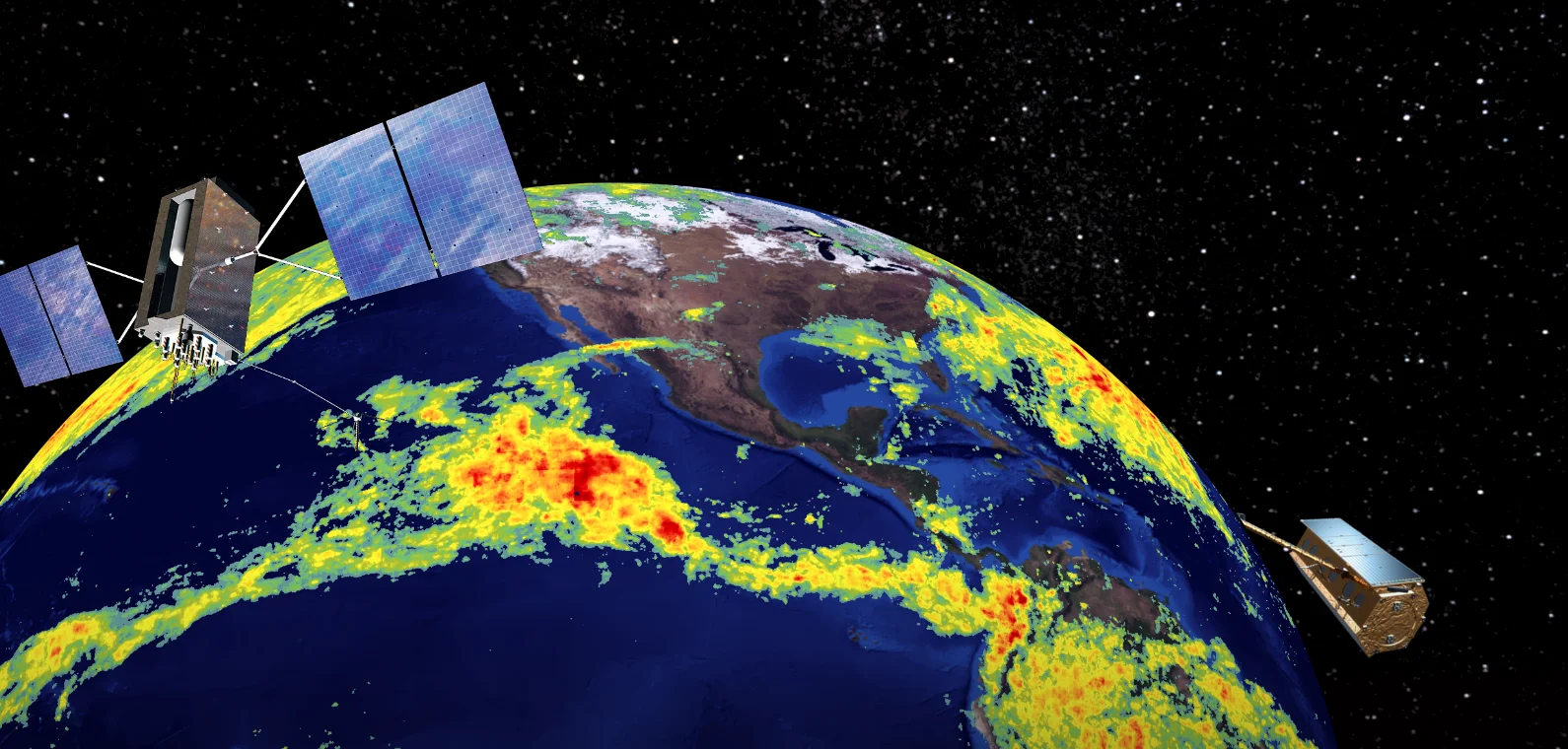Technologies portfolio
Passive bi-static remote sensing instruments and 'techniques' (reflectometry and radio-occultation)


Earth observation methods based on the opportunistic use of global navigation satellite systems and other sources of signals of opportunity

Earth Observation instruments and techniques based on the opportunistic use of the Global Navigation Satellite Systems (GNSS) and other sources of Signals of Opportunity have been designed by IEEC researchers. These techniques are the so-called Reflectometry (GNSS-R & SoOP-R) and radio-occultation (RO) methods.
These developments are based on proficient mastering of different supporting technologies: Radio Frequency (RF) & digital electronics, real-time signal processing using embedded systems, precise (radio-) interferometric measurements, high-speed data recording: 320MB/s, beam steering and polarimetric antennas, airborne experience and spaceborne signal processing.
The operational applications of this technology are oceanography (altimetry, surface roughness and winds), cryosphere (ice and snow characterization), land applications (surface inundation/flooding) and atmospheric sensing.
The developed technology has been applied to different demonstrators, such as ESA missions (Paris-IoD, GEROS-ISS, HydroGNSS and PRETTY), as well as the Radio Occultation and Heavy Precipitation experiment aboard the Spanish PAZ satellite. Several contracts of Knowledge & Technology Transfer are associated with this technology.
